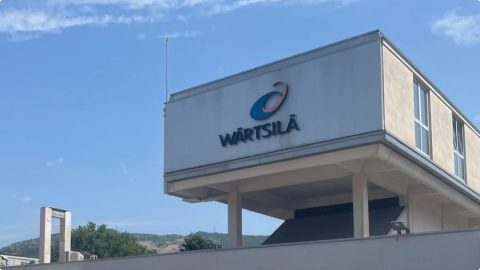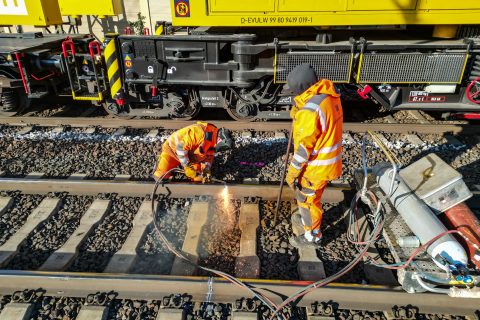High-speed line to London taking shape
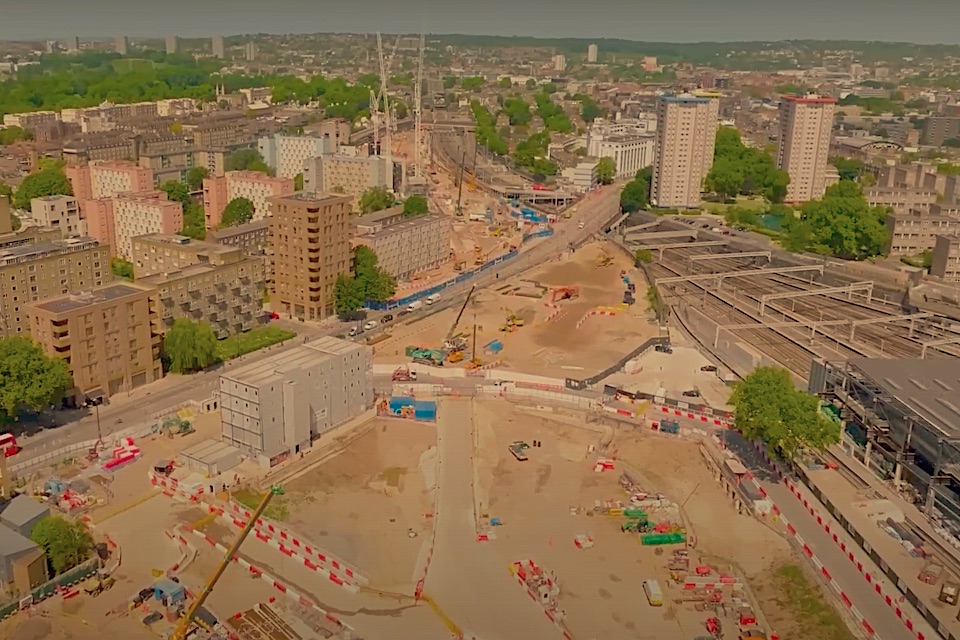
If anyone remains sceptical, and still has lingering doubts that the high-speed railway line between Birmingham and London will go ahead, they need only visit the southern end of the borough of Camden. There, for all to see from the top deck of a red London bus, is the huge construction site that will eventually be the London terminus of the HS2 project, and eventually lead to more freight space on the traditional line.
HS2 is Britain’s new high-speed rail line will have its terminal at Euston, the traditional destination for southbound trains from the West Coast Main Line, Europe’s business mixed-traffic route. Once the line is complete, the mixed-traffic line will be less congested, and more freight trains may run.
Ten new platforms are being constructed adjacent to the existing terminal in a project of a scale not seen since the original railway was carved through inner London in the nineteenth century. The new trains are not expected to run until sometime between 2029 and 2033, but we can already see the early works being carved out.
Larger than Trafalgar Square
In keeping with what is widely described as the largest infrastructure project in Europe, the site of the London terminal is a huge undertaking. The area is bigger than the whole of the current 16-platform station. Sixty acres (over 24 hectares) of land, directly to the west of the existing station is cordoned off and a hive of activity. Two of those existing surface platforms will be sacrificed to accommodate the ten 450m long subsurface platforms, which at peak operation will be used by up to 17 high-speed trains per hour.
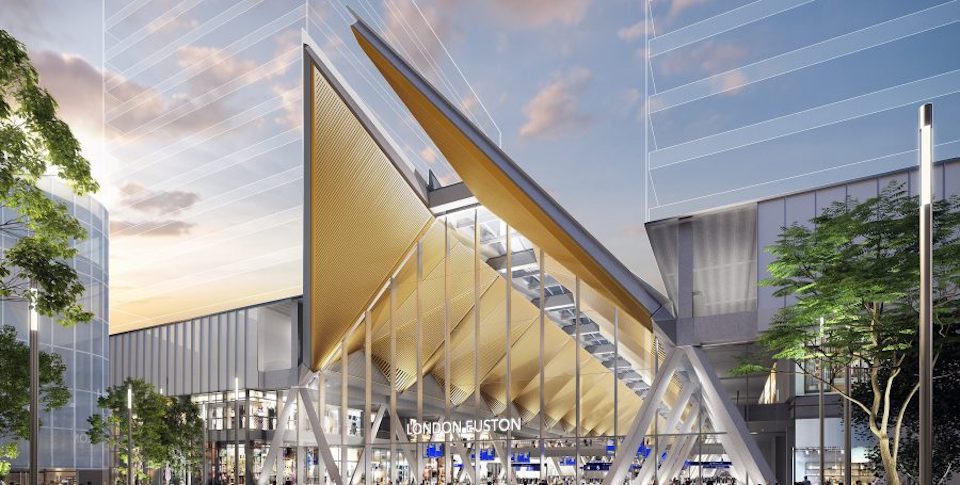
It’s difficult to visualise right now, but when the ground-level concourse is completed, it will be 300m long and will allow free movement for both passengers and visitors through the station and will open out onto new public spaces at the north and south. The station hall, which will enclose an area twenty per cent bigger than London’s landmark Trafalgar Square, will become the largest station concourse in the UK.
Freight has not been overlooked
HS2 is already integrating with rail freight operations. The project is using trains for a variety of loads in and out of the Euston site, and others along the line. According to the HS2 company, the overall enterprise is the most important economic and social regeneration project in decades.
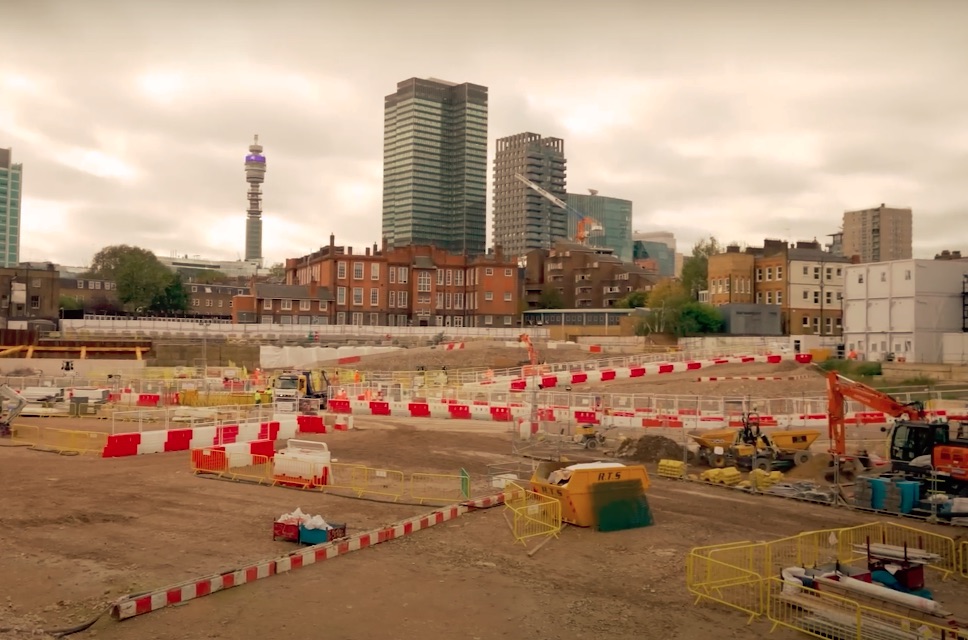
Once complete, HS2 will more than double the number of seats out of Euston station during peak hours and free up space on the West Coast Main Line for more local and long-distance commuter services. The advantage for freight has not been overlooked. Although there is debate over the actual level of released capacity on the WCML, most observers agree that it will allow freight trains (both bulk and intermodal) to compete for paths. With the removal of fast expresses, the capacity of the route should be better used.
New along with the old
The new HS2 station at Euston will be impressive from the top deck of that London bus. However, it will not be very exciting for trainspotters. The entire rail operation will be buried under the concourse. Nevertheless, the new station will bring huge improvements for passengers using the high speed link, national rail and the London Underground.
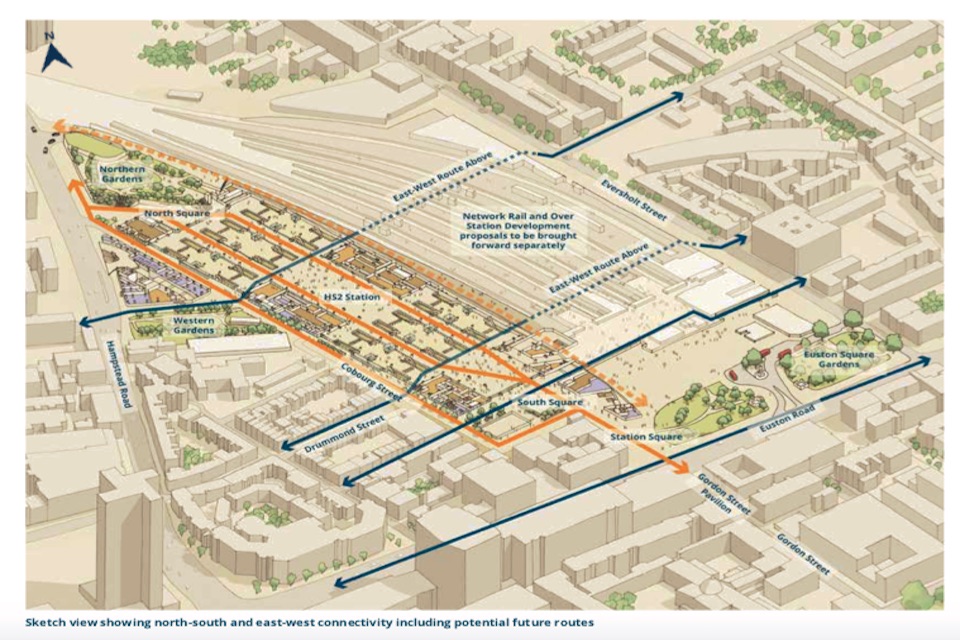
The footprint of the new station will make possible a direct connection with the outlying Euston Square tube station. For the first time, tube passengers will have seamless connections between the Northern, Victoria, Circle, Hammersmith and City and Metropolitan Lines at Euston. Notably, the Elizabeth Line does not intersect with any of the ‘Euston Road’ terminals – including St Pancras International, the terminal for the existing high-speed line (HS1) to the Channel Tunnel. A direct link between the two high-speed projects was dropped at an early stage.
Whatever the merits of the project, Euston will be an exemplar of modern design. During the early and site preparation works, archaeologists working on the HS2 project in Euston discovered Victorian time capsules and the remains of Captain Matthew Flinders, the Royal Navy explorer who led the first circumnavigation of Australia.
You just read one of our premium articles free of charge
Want full access? Take advantage of our exclusive offer



